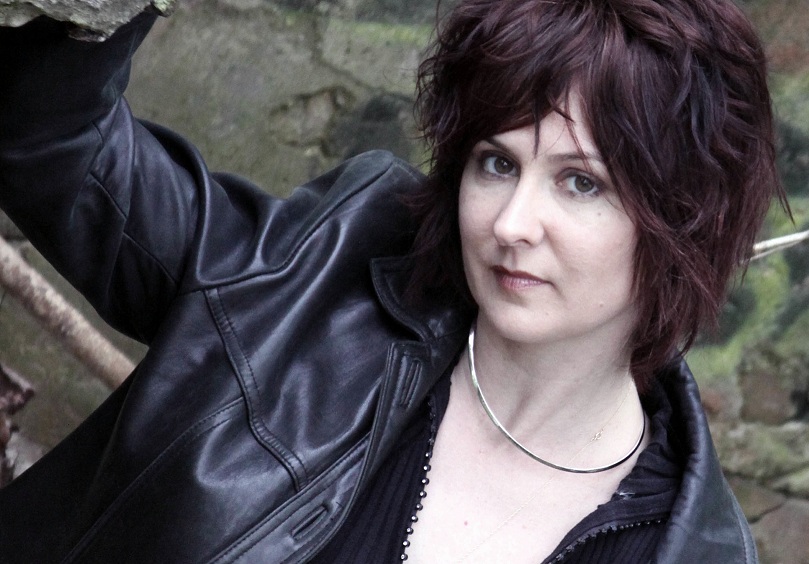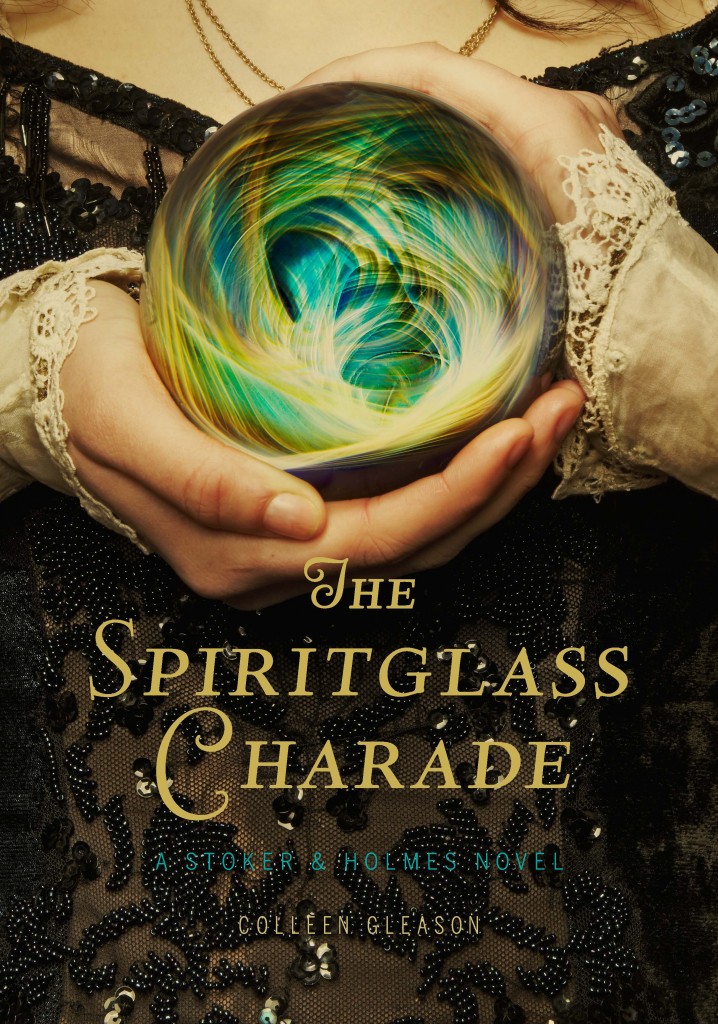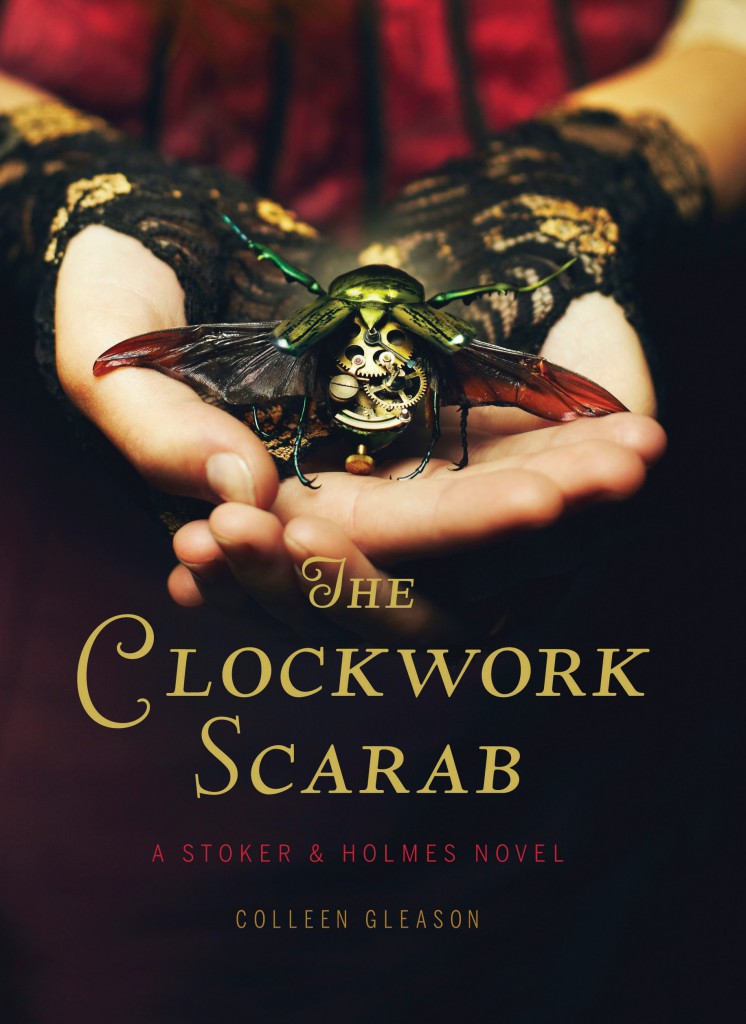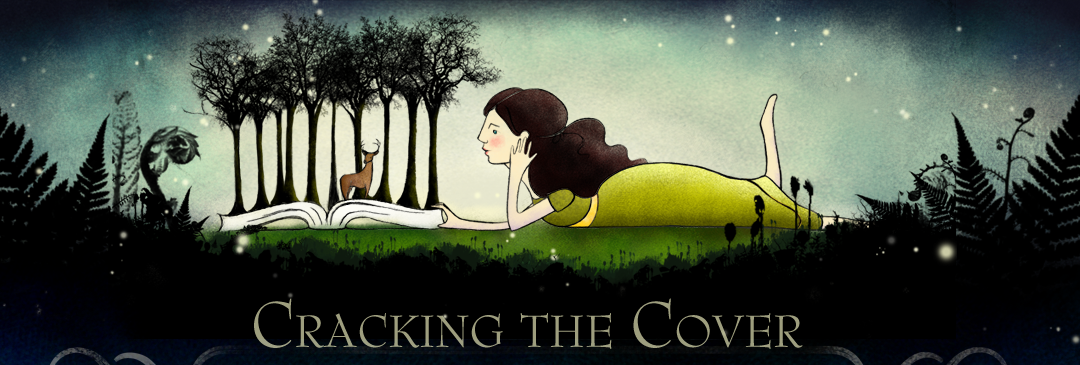
Colleen Gleason is the author of “The Spiritglass Charade.” The following is a complete transcript of her interview with Cracking the Cover.
Why do you write for young people?
I actually hope to be writing for everyone who is capable of reading my book, and that the audience isn’t limited to teens. I try to make my stories about issues and covering themes that both the youth and adults can relate to, and therefore my audience is very flexible and fluid and vast. My hope is that the topics in my stories—loyalty, friendship, sacrifice, responsibility, love—not only resonate with teens, who are at the stage in their lives where they are experiencing all sorts of growth and challenge and identity crises—but that adults find these themes compelling as well.
However, one of the reasons I chose to write in the young adult genre is because I find it very non-restrictive when it comes to what I call “genre expectations.” Meaning, the book isn’t necessarily strictly categorized by genre, and I can write a story that is very cross-over, mixing mystery with science fiction and romance, adding in fantasy and adventure, without having the book be pigeonholed into a specific section of the bookstore. This flexibility allows me to simply write the story I want to tell without worrying about making it fit. That’s the beauty of writing for young people—they don’t have any other expectation besides a great story, which is what I try to give them.
 Where do your ideas come from?
Where do your ideas come from?
A vast, dark pool deep in the bowels of my brain. Seriously! It’s thick, and full, and fluid, and fun down in there…and every so often, I drag out a wisp of an idea and mold it into something that I think is fun and compelling and mysterious.
Did you already have plans for “The Spiritglass Charade” when you wrote “The Clockwork Scarab?
I knew The Spiritglass Charade would focus on séances, since that was a very popular Victorian pasttime, but I didn’t have a good idea of the entire storyline. I don’t usually know, from book to book, what will happen, other than pieces of the over-arching plotline. As I write, the details emerge for me as the writer, often not much different than the way the story unfolds for the reader.
What are the challenges of incorporating beloved characters into new fiction?
Definitely staying true to them. I tried very hard to remain true to Sir Arthur Conan Doyle’s original Holmes character (and Miss Adler, Mycroft, and Watson as well), without being influenced by other versions of those characters. Because I love these characters so much, and I have such admiration for Doyle’s creation, the last thing I want to do is not do them justice.
 Mystery, steampunk, vampires and more! How do you incorporate all of those elements while maintaining a cohesive story?
Mystery, steampunk, vampires and more! How do you incorporate all of those elements while maintaining a cohesive story?
It’s fun! It’s really a blast to have so many moving parts…I can let the story evolve. But in my mind, these all knit together into my steampunk world and we couldn’t have one without the other. They are a natural recipe, if you will, of elements that complement and support each other.
What is it about your books that appeals to young readers?
I hope what appeals to them is the two diverse characters—which, one hopes, at least one is relatable to the reader—along with the humor, the world, the mystery, and the romantic elements. I hope they relate to the challenges and difficulties Mina and Evaline face, not only in the mysteries and the decisions they make while solving them, but also in the more mundane and “normal” elements of their lives: their relationships, partnerships, family, and society.
What are you working on now?
I’m just finishing up the final draft of The Chess Queen Enigma, the third book in the Stoker & Holmes series.
Is there a book from your own youth that continues to resonate with you?
Several of them, to be truthful. I loved Phyllis A. Whitney’s Step to the Music, because it was a beautiful example of historical fiction tied in with a believable love story. I also have read and re-read many mysteries from my youth, including The Three Investigators (no one has ever heard of them, but I loved the series) and Trixie Belden. Plus, of course, I read Sherlock Holmes and Agatha Christie when I was younger as well, and that’s where my love of mysteries developed further.
